Sopwith Camel Royal Air Force RAF
Production Time 9 to 10 weeks
Shipment is by FedEx, UPS or DHL International Express Courier with a normal door-to-door delivery time worldwide of within 2-3 business days after dispatch. Due to the current volatility of world fuel prices, the amount mentioned here is our best estimate for DHL and UPS and may be subject to change at the time of shipping.

Model Description: Sopwith Camel Royal Air Force RAF Wood Replica Scale Custom Model Aircraft
Manufacturer: Sopwith Aviation Company
Wingspan: 15 Inches (38.1 Centimeters)
Height: 5.4 Inches (13.7 Centimeters)
Scale: 1:19
$279.50
Production Time 9 to 10 weeks
-
United States dollar ($)
-
Pound sterling (£)
-
Euro (€)
-
Australian dollar ($)
-
Canadian dollar ($)
-
Singapore dollar ($)
-
Swiss franc (CHF)
-
Japanese yen (¥)
-
Danish krone (kr.)
-
Hong Kong dollar ($)
-
Norwegian krone (kr)
-
Swedish krona (kr)
-
United Arab Emirates dirham (د.إ)
General Product Description
Our PlaneArts Sopwith Camel Royal Air Force RAF model exhibits unique, unrivaled quality and detailed design to come as close as possible to the accuracy of the actual plane. It comes as standard with a robust, durable base or stand which is available in a variety of different finishes designed to match your own personal requirements including solid wood, wood with polished metal supports or adjustable wood wall mount and will be ready within about 9-10 weeks from placement of order.
The Sopwith Camel Royal Air Force RAF model is made of the finest kiln dried renewable mahogany wood (commonly known as Lauan or Meranti) which has undergone many stages of carving and meticulous and careful sanding giving the beautiful, finished museum quality masterpiece. Many collectors and model connoisseurs demonstrate their preference for genuine handmade and hand painted mahogany wood models rather than plastic or die cast (diecast) alternatives due to the overall look and totally different feel of the item - we trust you will find the same. We can however, if required produce the same model in Solid Cast Resin so just click and contact us for further information. Our craftsmen and gifted artisans ensure that our finely handcrafted model airplanes match the precise blueprint details of the original aircraft. The paint scheme, markings and parts are closely matched, reflecting the original aircraft. This stylish top-quality desktop replica model will surely enthrall anyone who receives this as a gift and for sure one of the most appropriate and desirably collectable gifts for any military aviation enthusiast and avid aircraft collector whilst also displaying a perfect resemblance to the actual real life version.
There are many types of military propeller aircraft, but the basic types are bombers, fighters, fighter bombers, spotter planes, transporters, patrol aircraft, trainers, and reconnaissance and observation aircraft. All these types of aircraft are used for different types of missions. If you're a fan of historic or present-day military aviation, our model aircraft will bring the excitement and character of these aircraft right into your own home. You can order a wood airplane model of a North American B-25 Mitchell Bomber, a B17 - Flying Fortress, or a P-51 Mustang Nervous Energy V not forgetting the Bf 109, Spitfire, FW 190, A6M Zero, P-38 and F4U. These classic, propeller airplane models are of the highest quality. Each is individually crafted by our expert craftsmen. They produce handmade scale mahogany airplane models of the finest aircraft from World War I and II to present day biplanes and triplanes.
If you require, we can also make the Sopwith Camel Royal Air Force RAF model in any other military, government or even private livery or colour scheme you require and if necessary, in a different size or scale. Just click here to contact us with a description or photographs of what you require, and we will let you have a quotation for the necessary customization by return email. We can also make bespoke scale replicas of any other private / civil commercial airliner or airliners, helicopter, glider, gliders with engines, military jet, warplane jets, biplane, triplane, tail fin, spacecraft, rocket or NASA model you require in any airline, military or civilian livery or colors. We also produce model airships, blimps, dirigibles, blimps, boats, and ship collectibles. Wall plaque or seal for military, government or private customers. Again, by clicking here to contact us just let us know exactly what you need.
The Sopwith Camel: A Storied Warrior of the Royal Air Force
The Sopwith Camel holds a prestigious place in military aviation history as one of the most effective fighter aircraft deployed by the Royal Air Force (RAF) during World War I. Introduced in 1917, this biplane not only played a pivotal role in aerial combat but also significantly influenced air warfare tactics and pilot training programs of its time.
Design and Development:
The Sopwith Camel was developed by the Sopwith Aviation Company, led by aviation pioneer Thomas Sopwith. Its design evolved from earlier Sopwith models, notably the Sopwith Pup, which, although successful, was being outperformed by newer German fighters by 1916. The Camel featured a more compact frame, a powerful rotary engine—typically either a Clerget 9B or a Bentley BR1—and twin synchronized Vickers machine guns mounted in front of the cockpit. This armament setup was revolutionary, enabling the pilot to fire through the propeller arc without damaging the blades.
Performance and Operational Use:
The Camel’s performance was notable for its agility and speed, attributes that were both admired and feared. Its twin-gun configuration provided formidable firepower, which proved deadly in dogfights. However, the torque generated by the rotary engine made it difficult to fly, requiring skilled pilots to handle its aggressive flight characteristics. This difficulty was a double-edged sword, as it could make the Camel a lethal weapon in the hands of an ace but could be perilous for novice pilots.
During its service, the Camel was responsible for downing 1,294 enemy aircraft, a testament to its effectiveness in combat. It served on all fronts where the RAF was active, from the Western Front to the Middle East and the Italian front. The Camel could reach a top speed of about 115 miles per hour and had a service ceiling of 19,000 feet, characteristics that made it competitive against the leading German fighters of the time.
Legacy and Impact:
The Sopwith Camel’s impact extended beyond its operational life. It became a symbol of British aerial might during World War I and featured prominently in interwar literature and later media, cementing its legend in both historical and cultural contexts. The Camel also influenced future aircraft design and tactical development within the RAF and other air services worldwide.
Pilots who mastered the Sopwith Camel were regarded with great respect, and their stories added to the aircraft’s mystique. Among them was Major William George Barker, who was awarded the Victoria Cross for his bravery and skill in piloting the Camel in a series of engagements that saw him down multiple enemy aircraft.
Conclusion:
The Sopwith Camel is not just remembered for its technical specifications or its combat record; it is revered as a crucial player in shaping the early years of aerial combat and the development of the RAF. As we look back on the annals of aviation history, the Camel stands out for its contributions to securing the skies during World War I and helping to establish the RAF as a formidable force in international air power. Its legacy continues to be celebrated in museums, documentaries, and among aviation enthusiasts around the world, embodying the spirit of innovation and bravery that defined early 20th-century aviation.
| Weight | 6 kg |
|---|---|
| Dimensions | 11.9 × 15 × 5.4 in |
Be the first to review “Sopwith Camel Royal Air Force RAF” Cancel reply
Similar Models
Helicopters
Military Airplanes - Propeller
Military Airplanes - Propeller
Military Airplanes - Propeller
Private & Civilian
Private & Civilian
Military Airplanes - Propeller
Military Airplanes - Propeller
Military Airplanes - Propeller
Military Airplanes - Propeller
Military Airplanes - Propeller
Military Airplanes - Propeller
Military Airplanes - Propeller
Military Airplanes - Propeller
Boats, Ships & Submarines
Boats, Ships & Submarines
Military Airplanes - Propeller
Military Airplanes - Propeller
Military Airplanes - Propeller
Military Airplanes - Jet
Military Airplanes - Jet
Military Airplanes - Jet
Military Airplanes - Jet
Military Airplanes - Propeller
Military Airplanes - Propeller
Military Airplanes - Jet
Military Airplanes - Jet
Military Airplanes - Jet
Military Airplanes - Jet
Military Airplanes - Propeller
Military Airplanes - Jet
Military Airplanes - Propeller
Military Airplanes - Propeller
Private & Civilian
Military Airplanes - Propeller
Military Airplanes - Propeller
Private & Civilian
Israel Aircraft Industries IAI-1124 Westwind TNT Air Couriers
Military Airplanes - Propeller
Military Airplanes - Jet
Military Airplanes - Jet
Military Airplanes - Jet
Military Airplanes - Jet
Military Airplanes - Propeller
Military Airplanes - Propeller
Military Airplanes - Jet
Military Airplanes - Jet
Military Airplanes - Jet
Military Airplanes - Jet
Military Airplanes - Propeller
Military Airplanes - Jet
Military Airplanes - Jet
Military Airplanes - Jet
Military Airplanes - Propeller
Military Airplanes - Propeller
Military Airplanes - Propeller
Military Airplanes - Propeller
Military Airplanes - Jet
Military Airplanes - Jet
Military Airplanes - Propeller
Military Airplanes - Jet
Private & Civilian
Military Airplanes - Jet
Military Airplanes - Propeller
Private & Civilian
Military Airplanes - Propeller
Military Airplanes - Jet
Military Airplanes - Propeller
Military Airplanes - Propeller
Military Airplanes - Propeller
Military Airplanes - Propeller
Military Airplanes - Propeller
Military Airplanes - Propeller
Military Airplanes - Jet
Military Airplanes - Jet
Private & Civilian
Military Airplanes - Jet
Military Airplanes - Jet
Helicopters
Helicopters
Helicopters
Military Airplanes - Propeller
Helicopters
Military Airplanes - Jet
Blackburn Buccaneer RAF 237 Operational Conversion Unit OCU Squadron
Military Airplanes - Propeller
Private & Civilian
Military Airplanes - Jet
BAe British Aerospace Hawk T.1 Mk.1 Royal Air Force RAF Red Arrows
Military Airplanes - Jet
Military Airplanes - Propeller
Military Airplanes - Propeller
Military Airplanes - Propeller
Military Airplanes - Propeller
Military Airplanes - Propeller
Military Airplanes - Propeller
Military Airplanes - Propeller
Military Airplanes - Propeller
Military Airplanes - Propeller
Private & Civilian
Private & Civilian
Helicopters
Private & Civilian

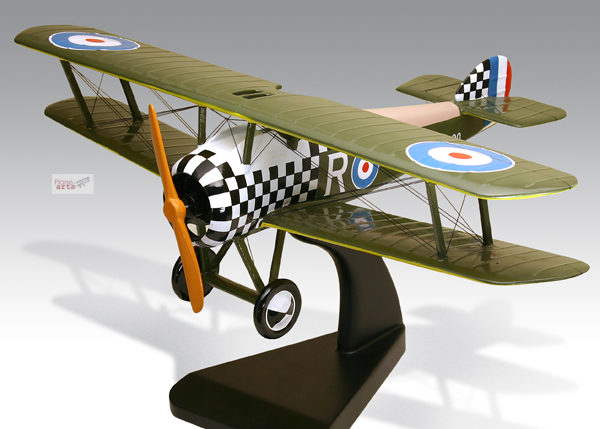
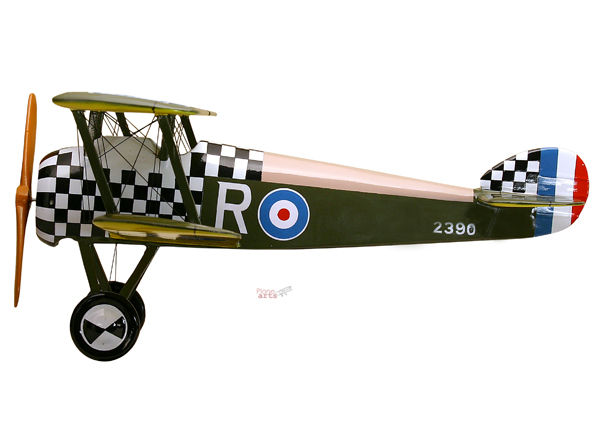
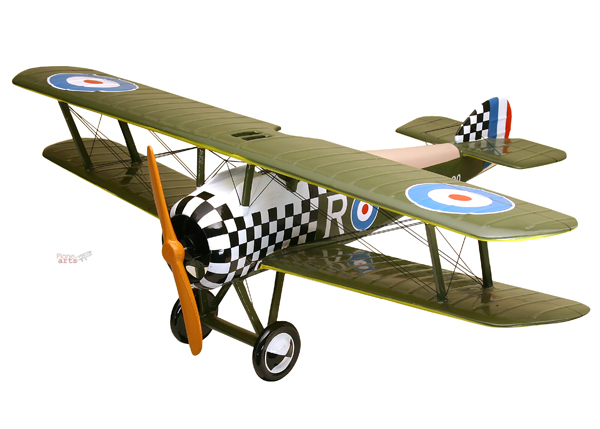
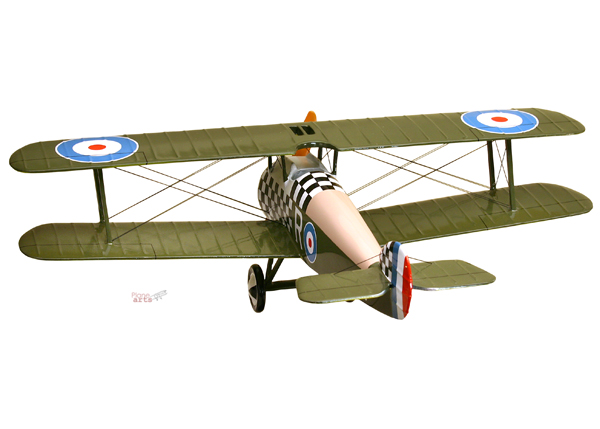

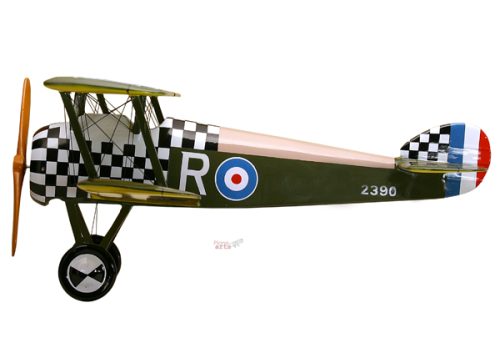
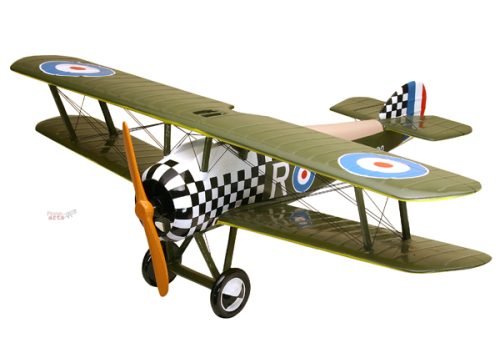
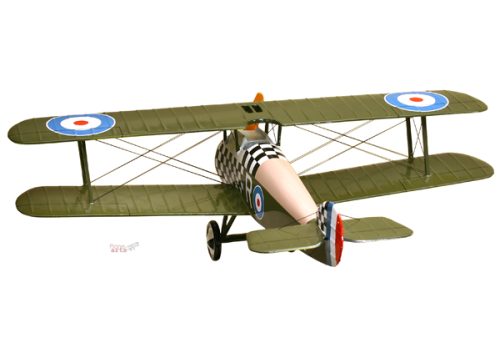

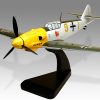
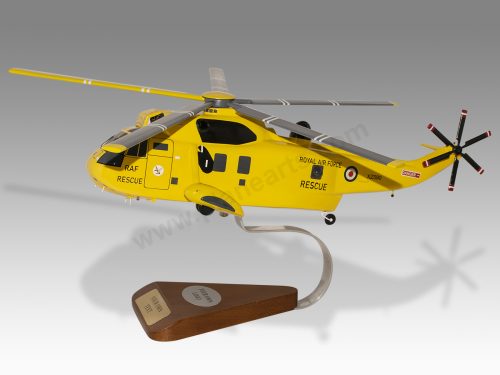
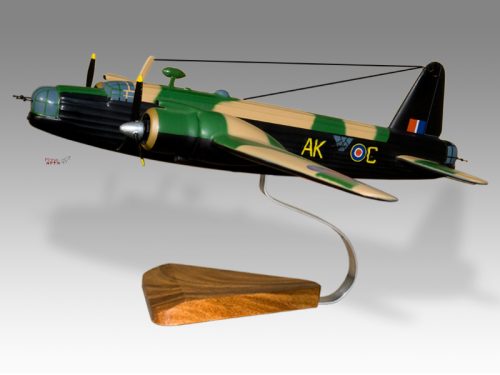

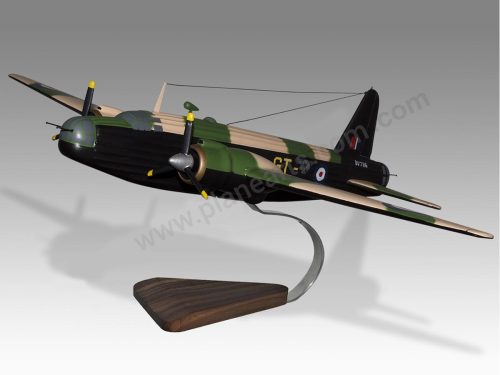

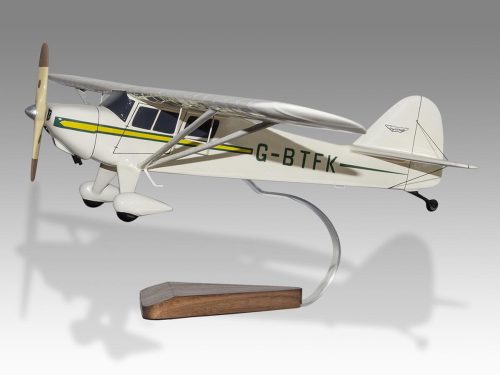
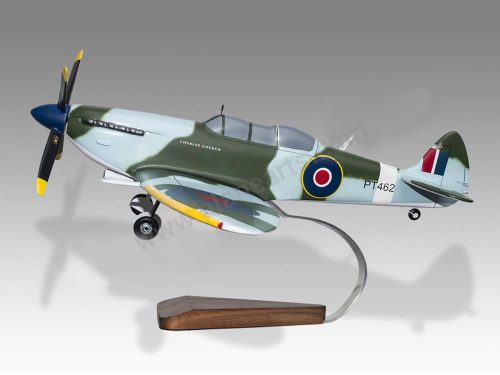
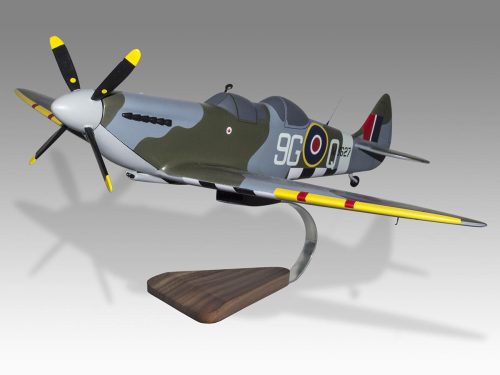
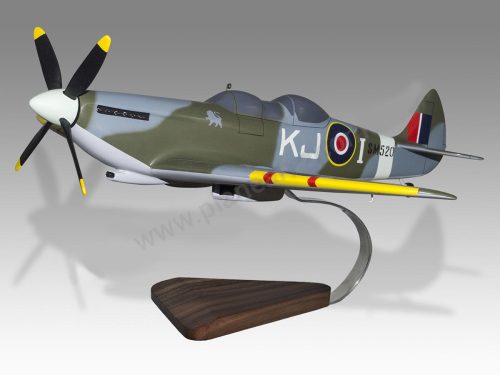
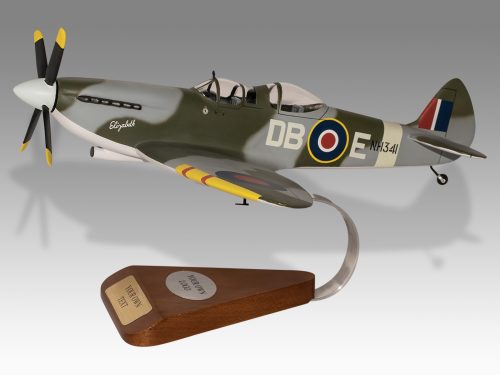
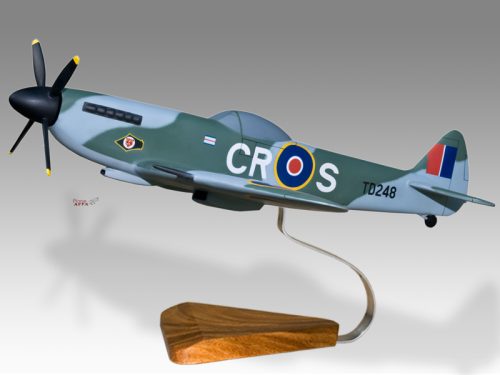
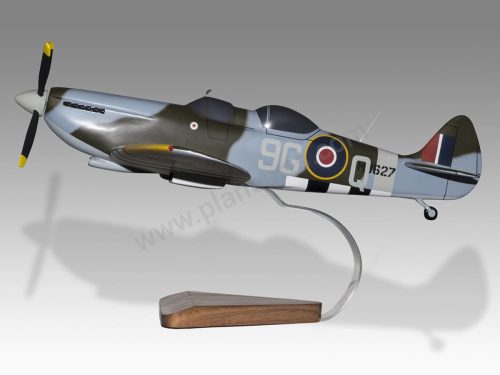
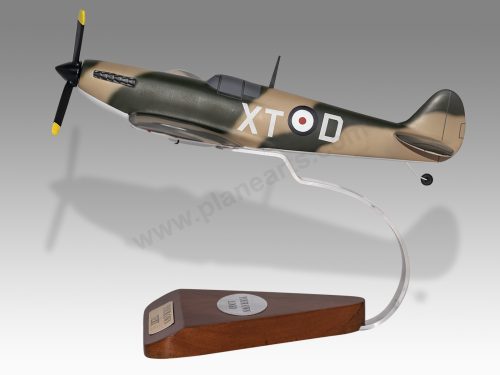
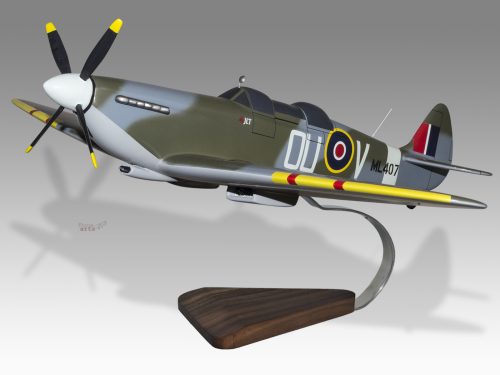




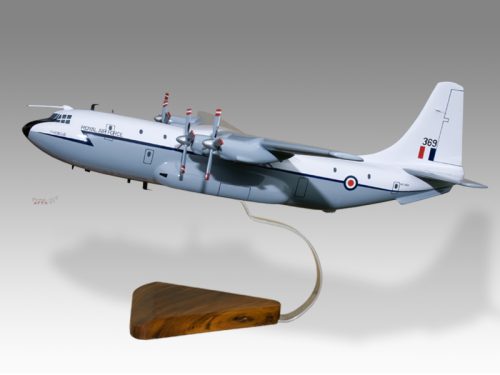

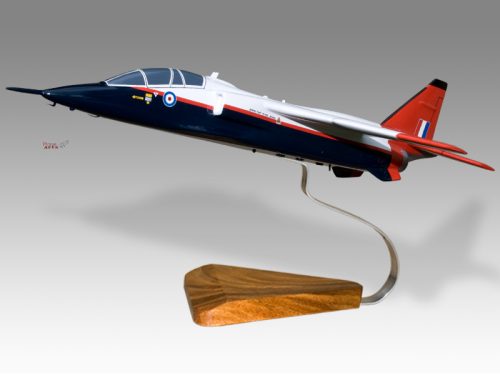
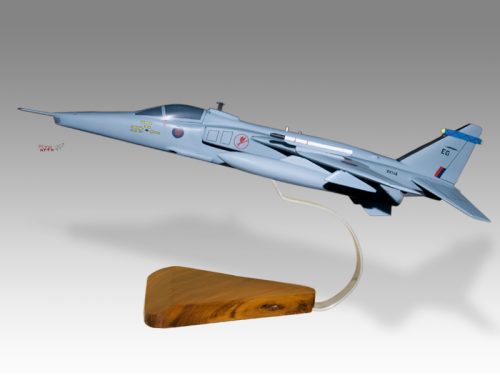
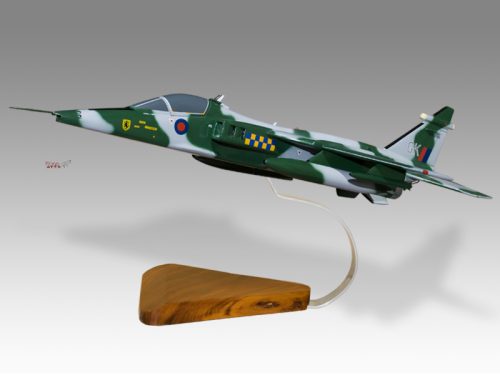
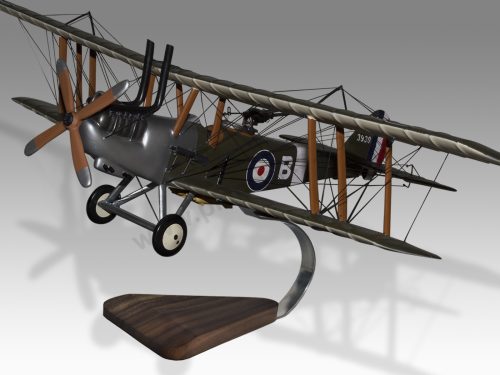
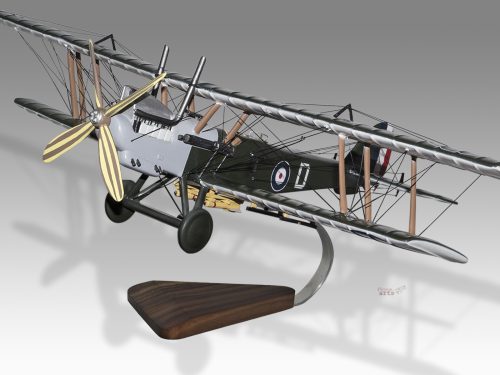
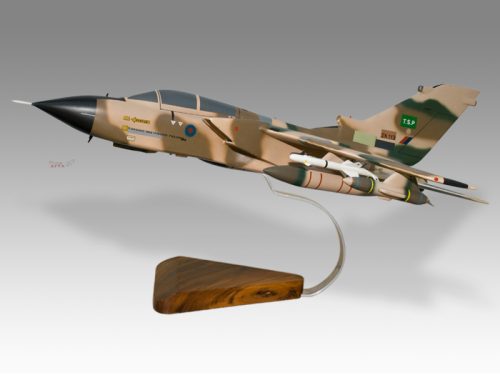
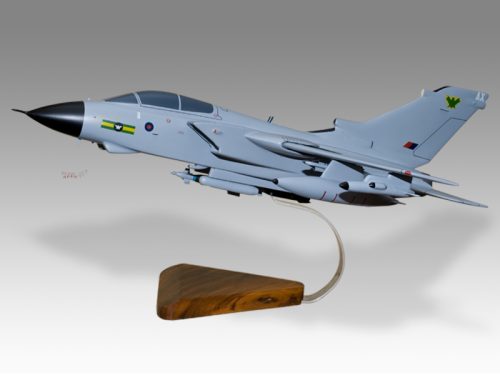
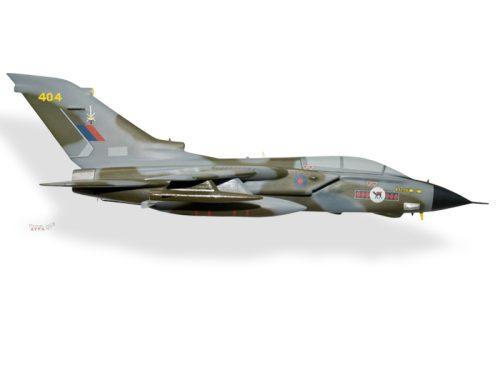
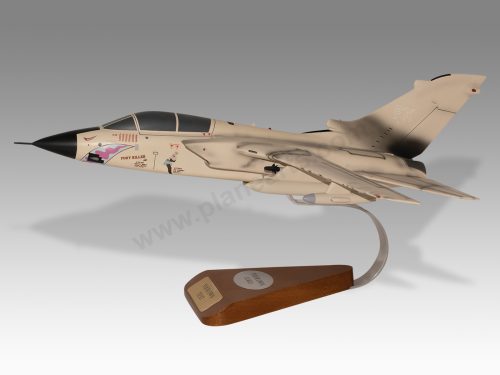
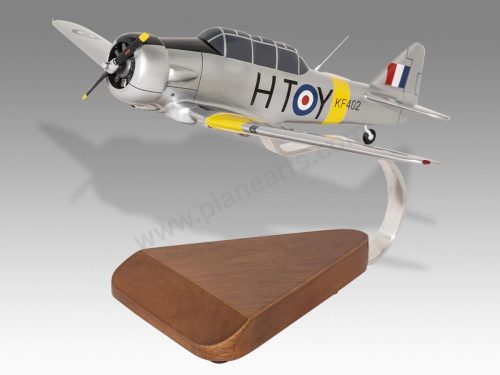

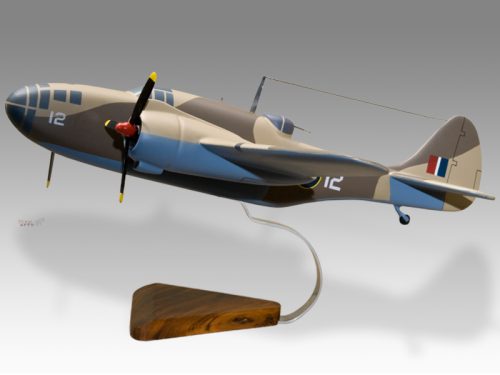
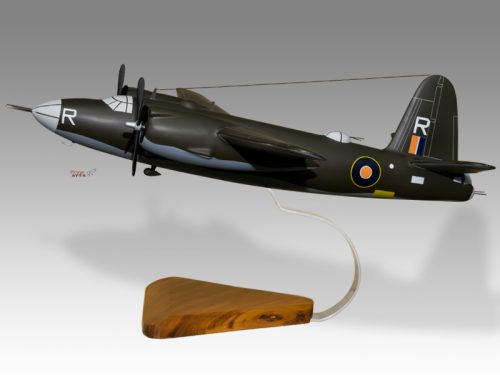

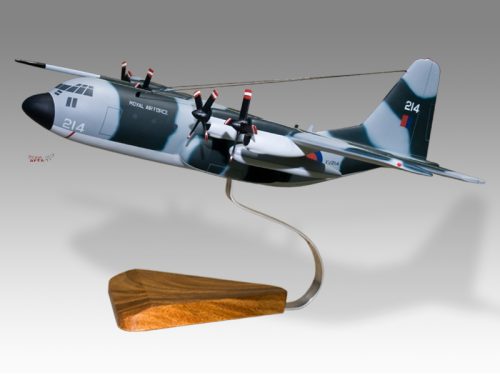



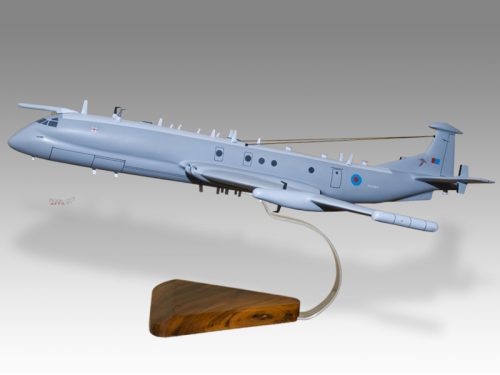
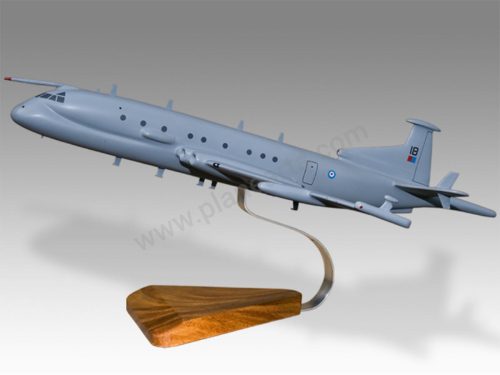


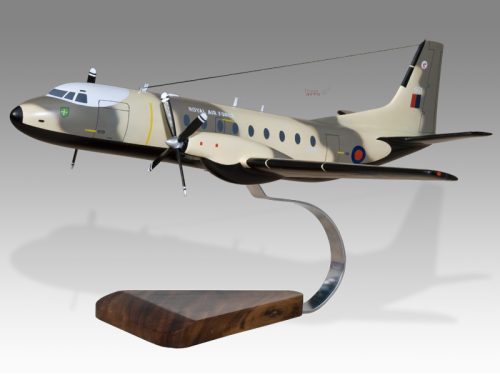


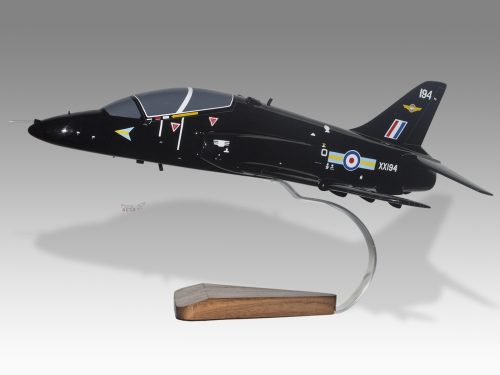
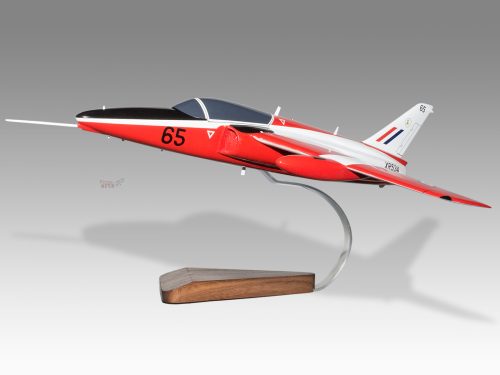
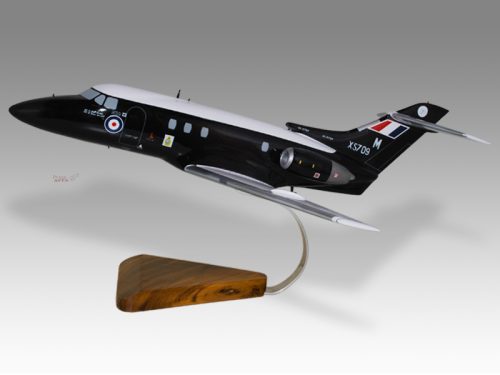
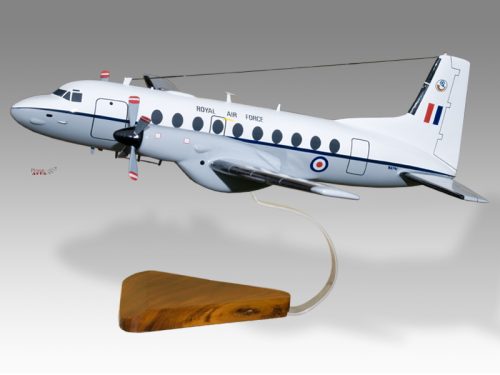
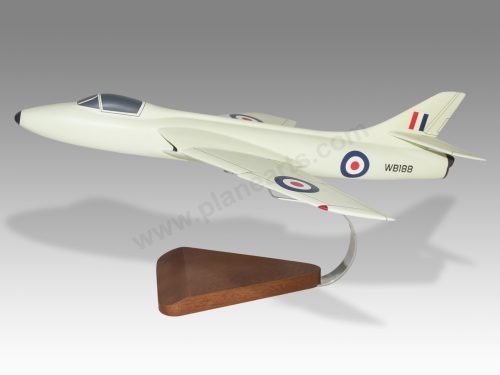
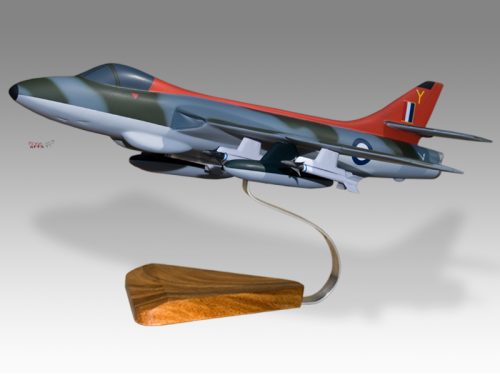

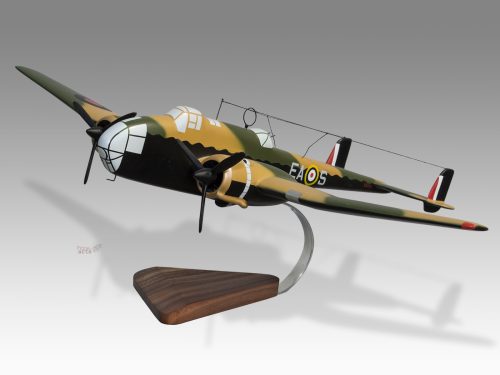

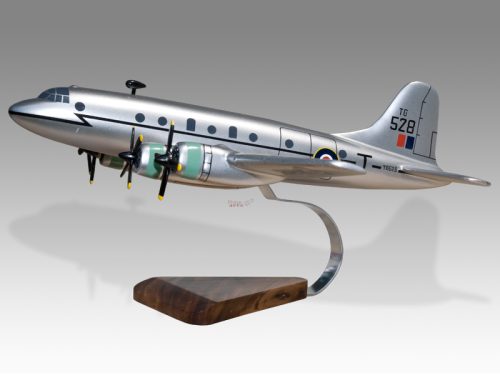
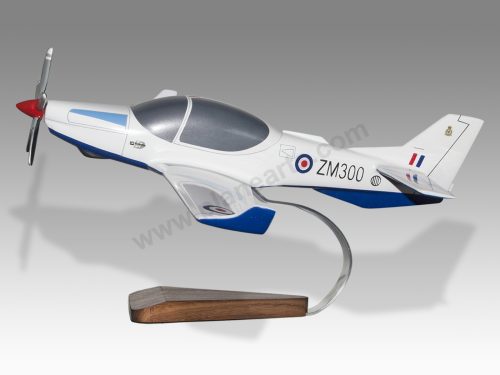

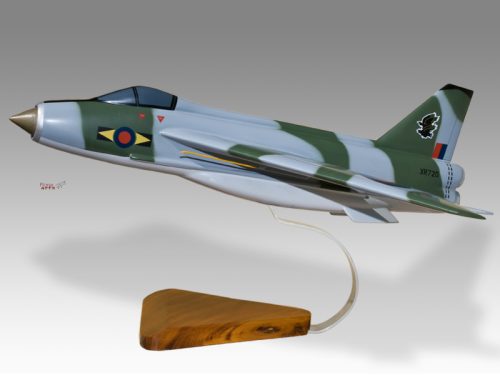


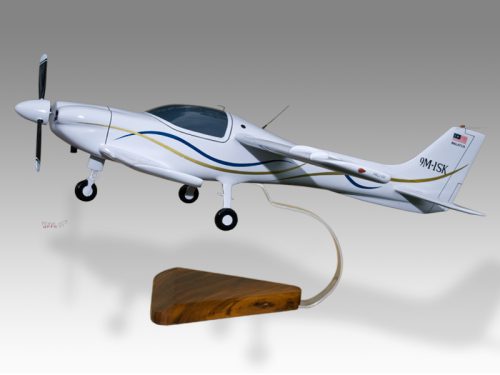
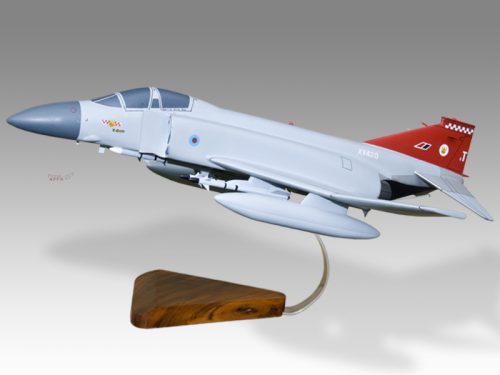
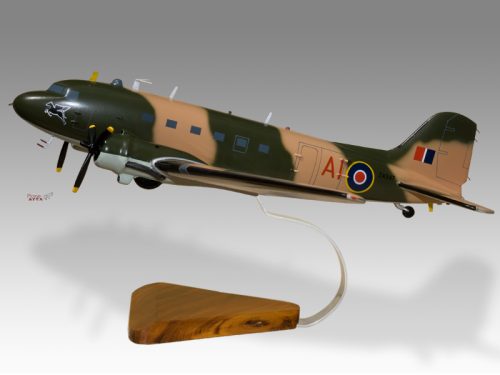

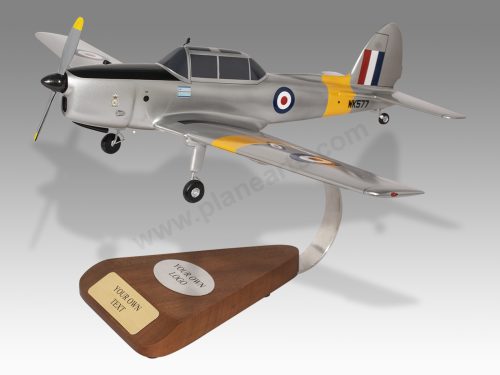
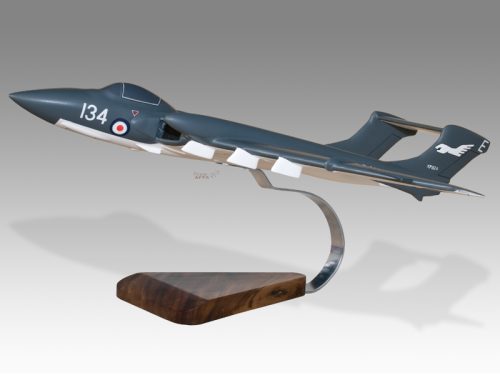
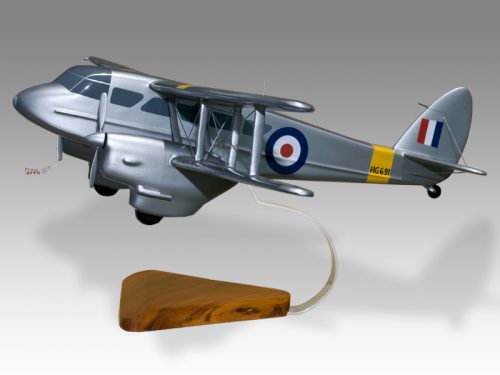
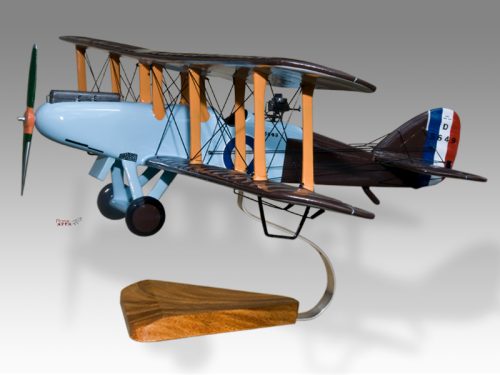
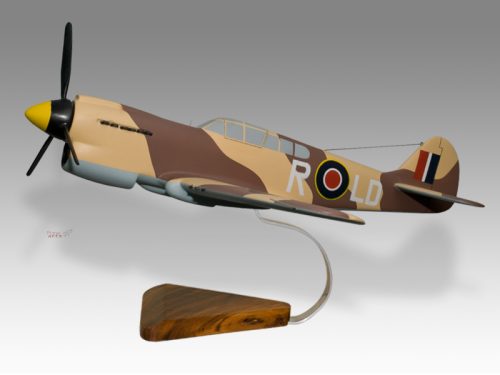

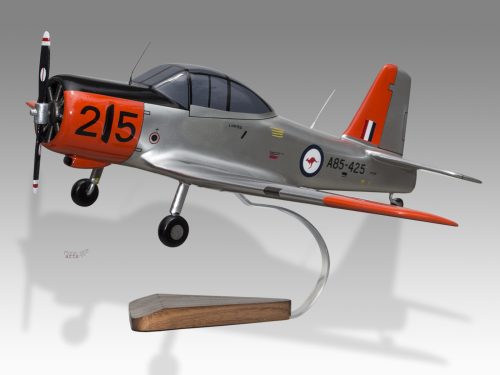

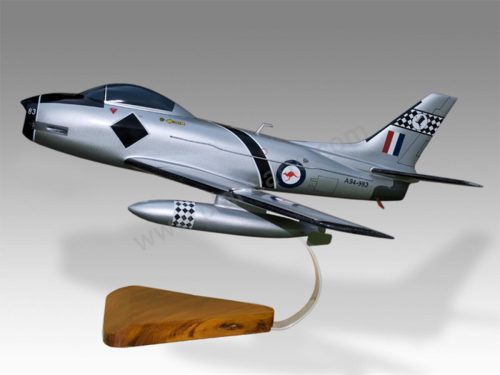
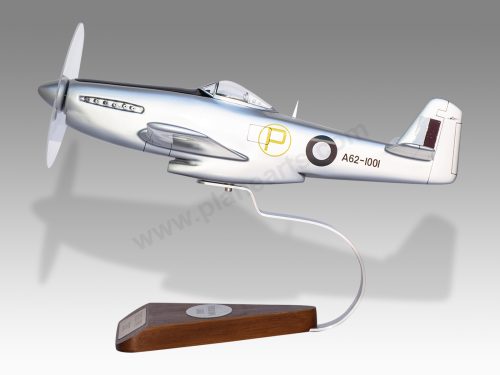
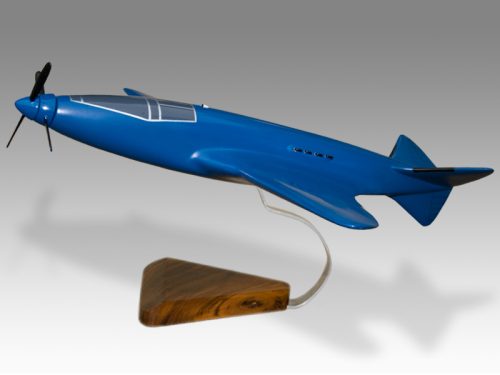
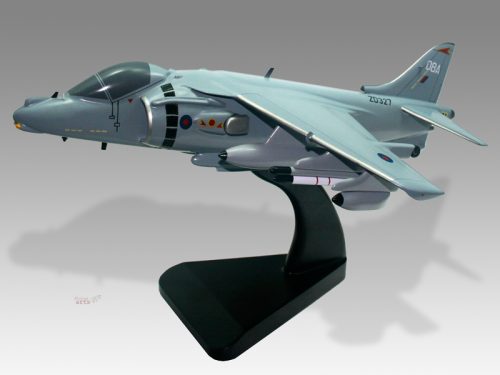
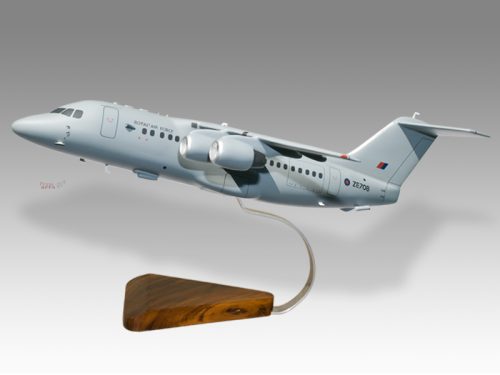

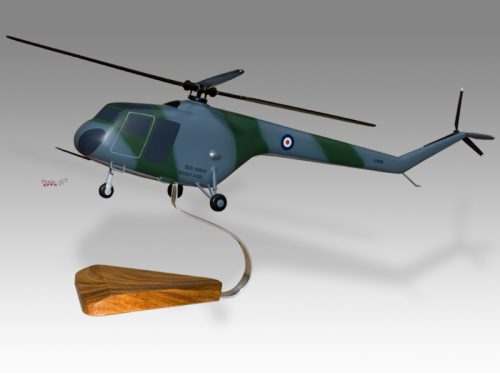
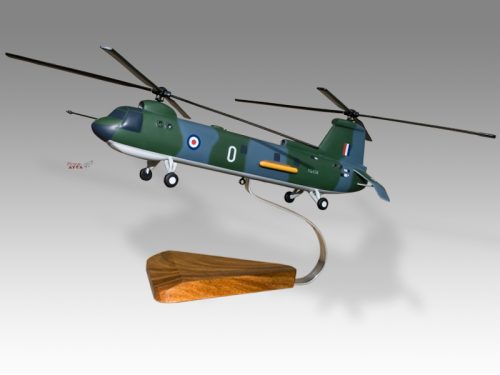

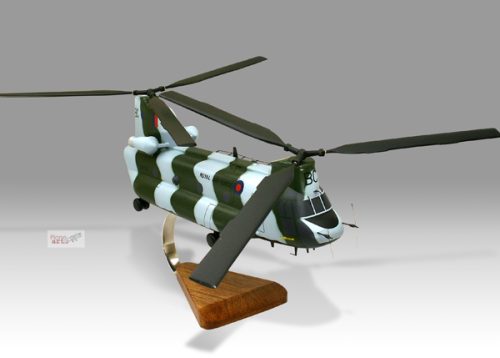
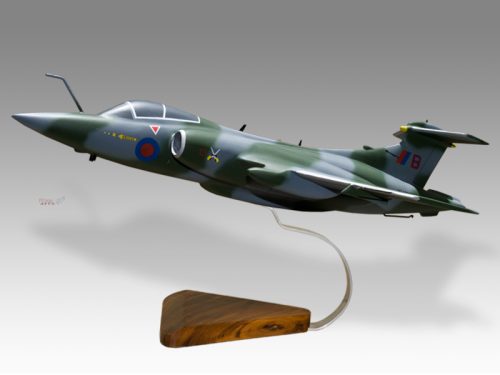
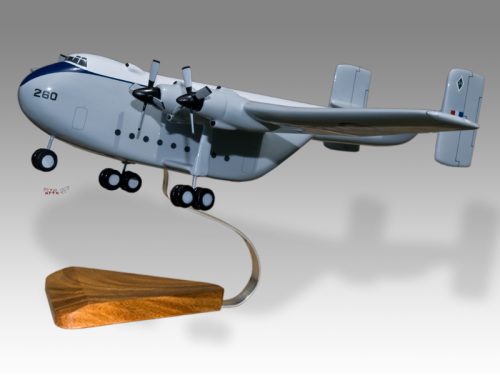
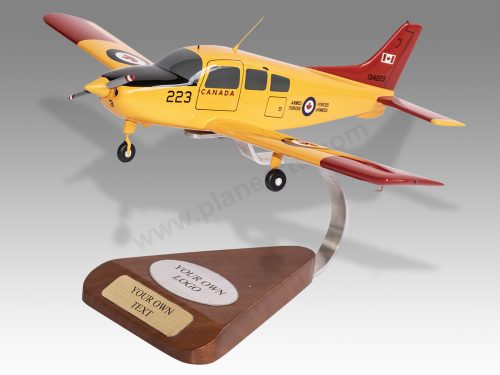

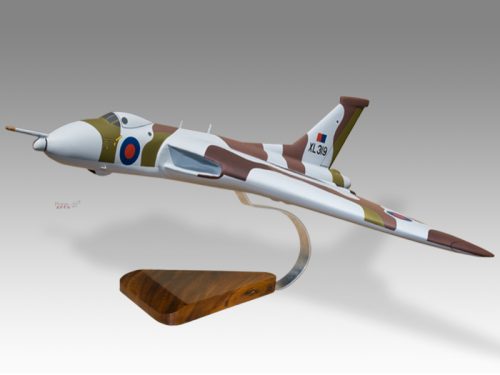
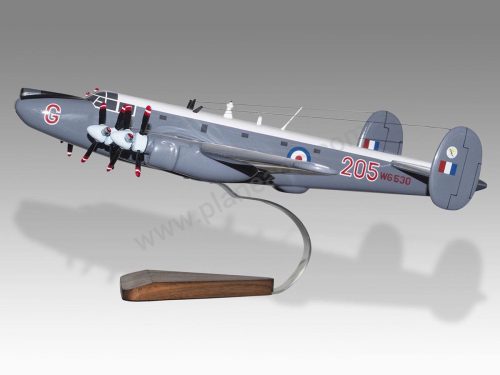

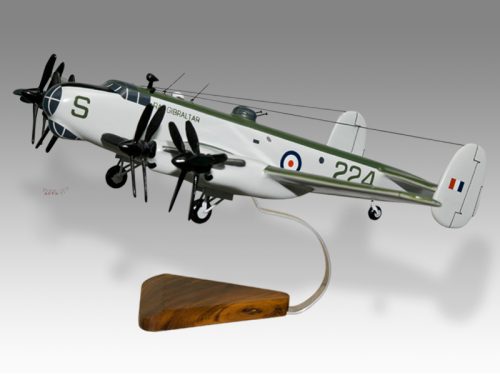
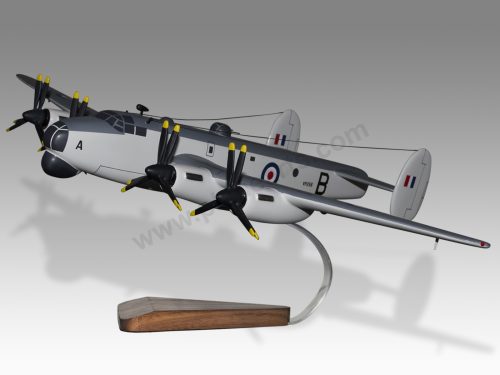
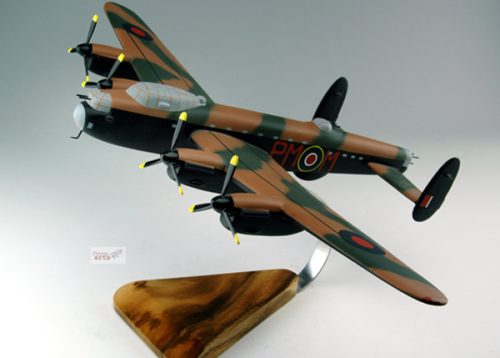
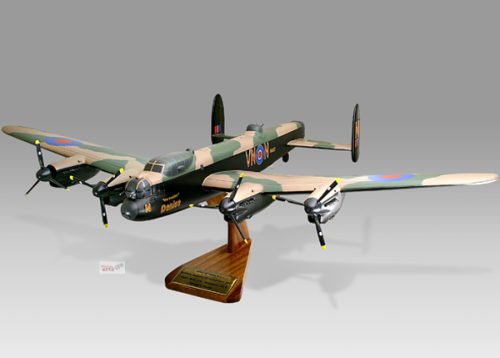
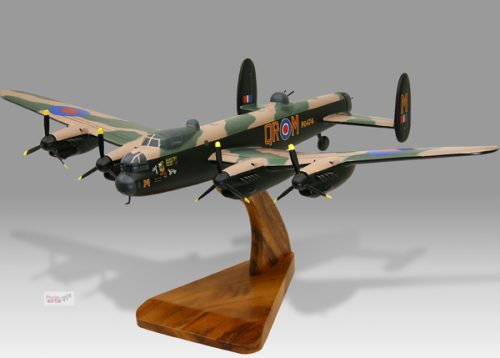


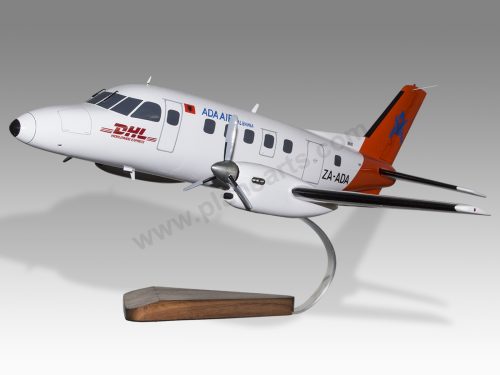

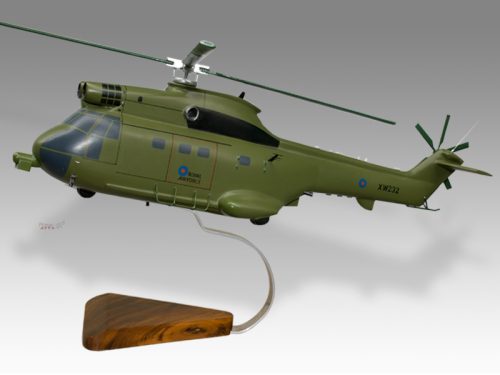

Reviews
There are no reviews yet.